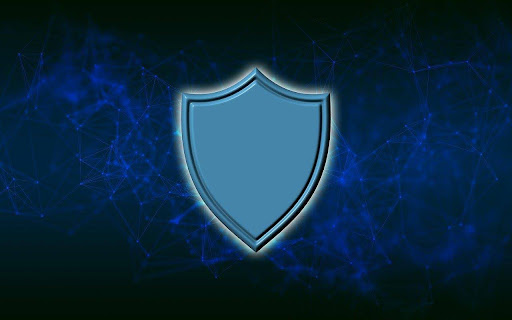Phishing attacks are common cybercrimes that put at risk personal information and can result in financial losses. This is largely a scheme where the attacker tries to make the target think that he/she or it is communicating with a reputable entity. That is why it is important to learn how one can be shielded from such phishing attacks in today’s world. In this guide, you will learn real-life approaches that will help you avoid phishing scams.
1. Use an O365 Spam Filter to Catch Suspicious Emails
One of the most effective ways to defend against phishing is to set up an Office 365 (O365) spam filter. The built-in email protection features of O365 can identify and filter out potential phishing emails before they reach your inbox. Regularly updating and fine-tuning the filter settings can significantly reduce the risk of falling victim to phishing scams. Using an advanced O365 spam filter not only helps you block harmful emails but also reduces the volume of spam, allowing you to focus on legitimate communication.
2. Be Cautious of Unsolicited Emails
Most times, a phishing attempt looks like an email message received from a stranger with a link. These emails may appear to be from organizations such as banks or common internet-related services. This means you should be very careful when you receive an unsolicited email, especially when it is requesting information about yourself or sending you to a website. Contact the organization using a working number or email address, different from that used by the senders of the email in question.
3. Look Out for Red Flags in the Email Content
It is worth mentioning that any phishing e-mails contain some indicators of their scam activity. These are important to watch out for; if a sender uses poor English, doesn’t spell well, or even begins their message with something as generic as ‘Dear User,’ or warns of impending doom if an action is not taken immediately then they are likely to be a fraud. Moreover, when it comes to links, hover over them to ensure the link leads to the claimed company’s website. If one appears to be malicious or uncertain, don’t open it. By recognising the following signs you will be able to avoid falling to a phishing attack before it happens.
4. Enable Multi-Factor Authentication (MFA)
Multi-factor authentication is the addition of one or more methods of verification to your account on a range of devices, supplementary to your password; for example, a password and a code sent to your mobile phone. If through a phishing attack, a hacker has obtained your password they still cannot get into your account since you have added an extra layer of security. Ensure that you put MFA on each of the following accounts: email, banking, and social media accounts.
5. Update Your Software and Security Tools
Protection from phishing attacks requires maintaining updated OS, software, and the security tools you are using. Software upgrades usually contain bug fixes and some of the fixes may solve security scares that hackers might take advantage of. Your operating system should have the latest antivirus installed and running to help block malware that could be hiding from phishing emails.
6. Train Your Employees to Recognize Phishing Tactics
In particular, the role of training at the workplace is considered to be one of the main components in defending organizations against phishing attacks. User awareness must be conducted weekly to show employees how to identify phishing schemes, how to avoid clicking on links, and how to report threats. The first step that lowers the probability of successful phishing attacks is to increase the awareness of your workforce.
7. Use a Password Manager for Strong Passwords
Password storage can also be used to generate and store passwords for your various accounts securely. The best way to control the losses when you fall for a phishing attack is to avoid reusing the password on other accounts, probably accounts that contain more sensitive information. Having many passwords also makes it easy for a password manager to help offer secure passwords that can be changed frequently.
Conclusion
Phishing attacks remain a severe threat to individuals and organizations, yet individuals and organizations can do much to minimize those risks. Having a professional spam filter in O365, identifying spam emails, requiring multi-factor authentication, and training the users are the strong pillars of protection. By being cautious and employing these steps, one can greatly minimize the possibility of phishing as well as other internet dangers so that your information is safe.
